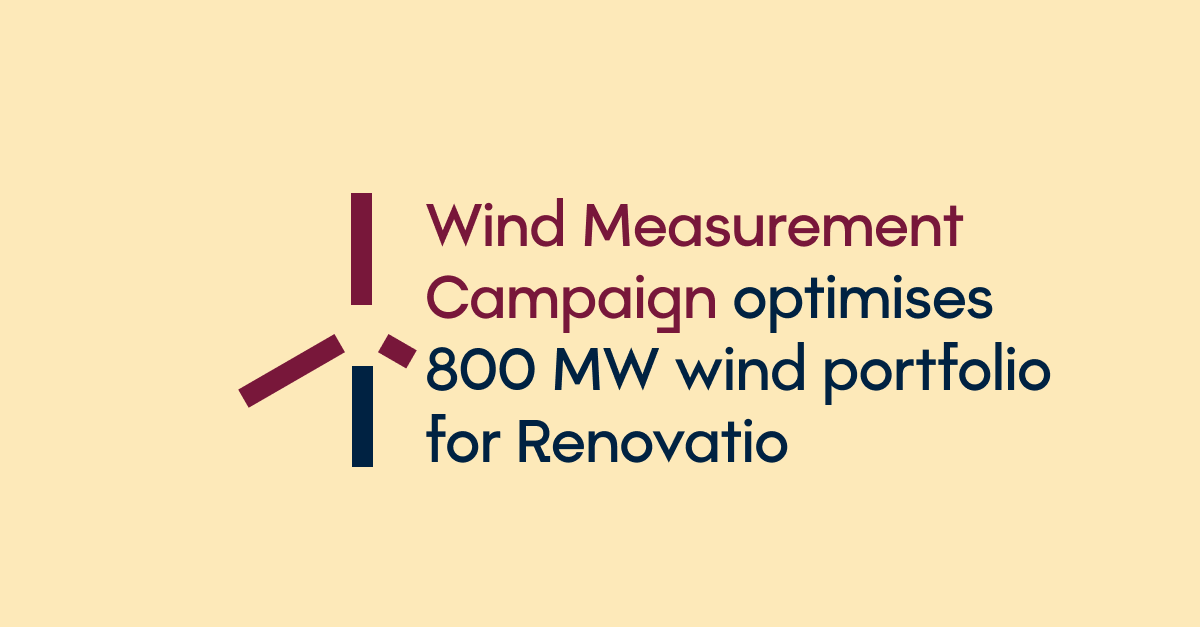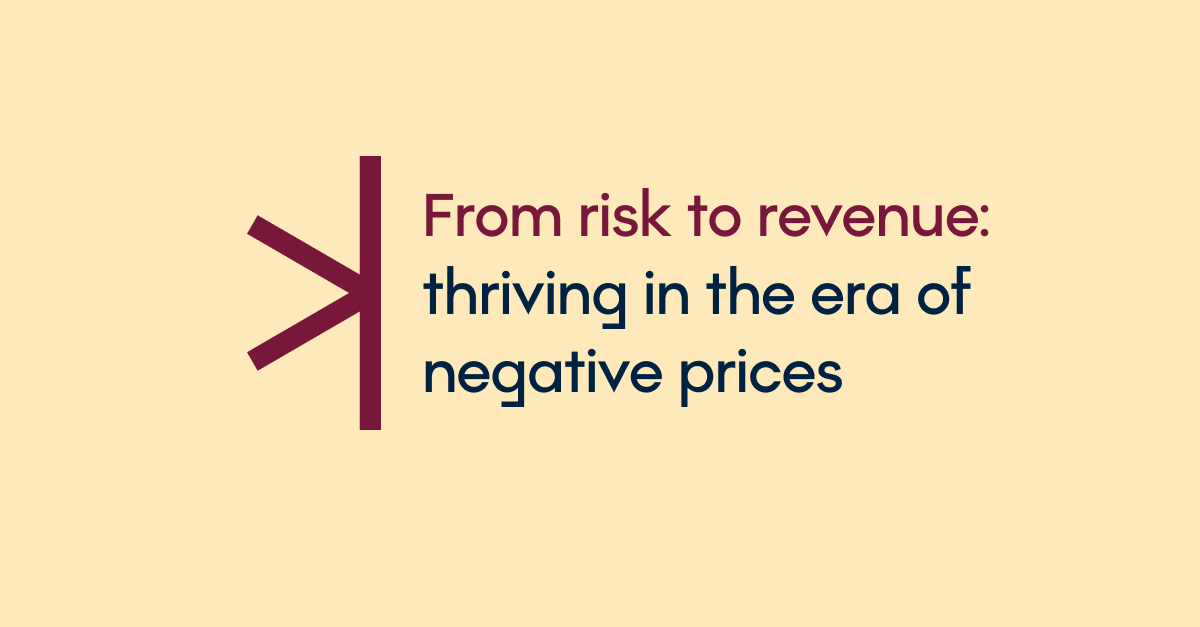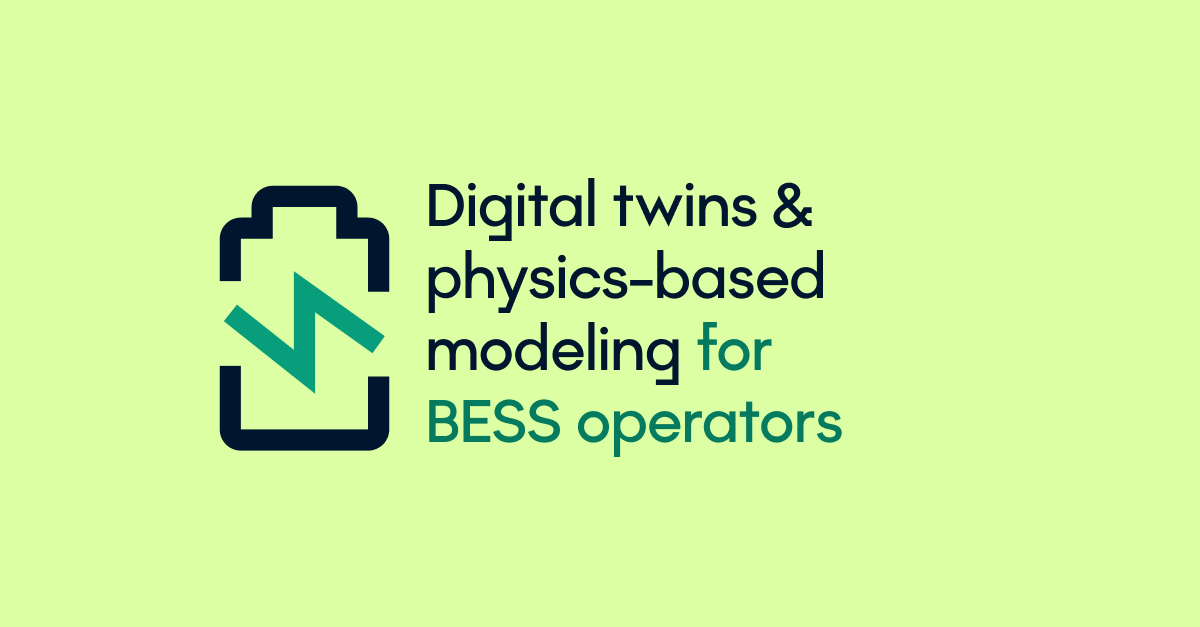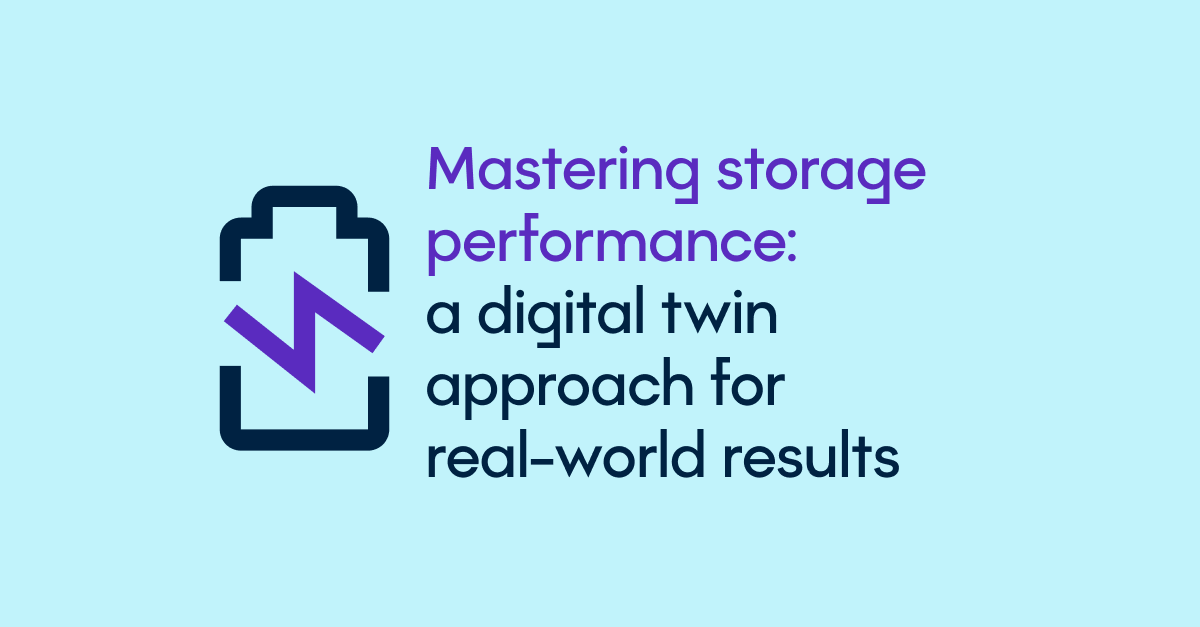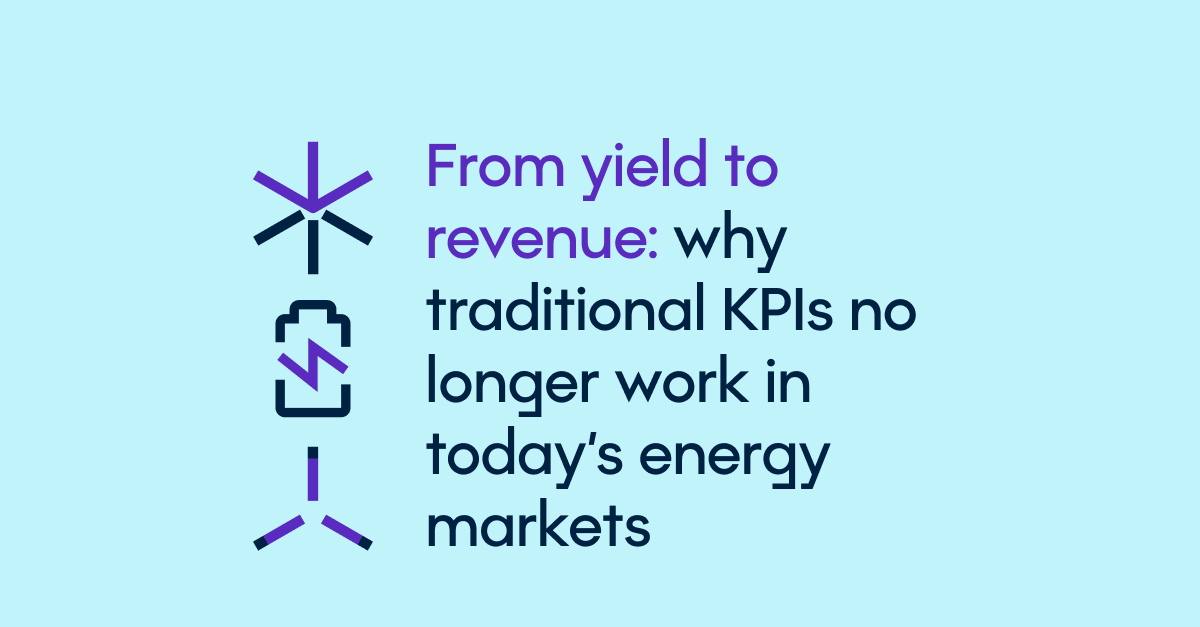Report on technical risks in PV project development and PV plant operation

The Solar Bankability project aims to establish a common practice for professional risk assessment which will serve to reduce the risks associated with investments in PV projects.
In this report the most important technical risks related to PV projects are identified and included in a risk matrix organised by components and divided into 5 categories to cover the whole PV value chain:
The inclusion of the risks into a risk matrix is considered a fundamental step to enable the possibility to share failure data based on an agreed nomenclature and definition by all different stakeholders. The prioritisation of the risks is not estimated by following a classical FMEA approach i.e. by assigning a RPN value, but through a newly developed methodology that has never before been applied to PV systems: a Cost based FMEA with Cost Priority Numbers. CPNs are given in Euros/kWp or in Euros/kWp/year and can thus directly give an estimation of the economic impact of a technical risk.
Other risks can have an impact on the overall uncertainty of an initial energy yield calculation and assessment. A reduced uncertainty can in fact correspond to a higher level of energy yield for a given exceedance probability value and thus directly impact the business model. In this report, the typical uncertainties related to the main parameters affecting the energy yield are given together with an analysis of how the distribution function of a specific parameter might influence the exceedance probability. Published literature shows the importance of providing industry with a common framework that can assess the impact of technical risks on the economic performance of a PV project.
In the next years, as the availability of measured data will exponentially increase, it will be important to build a large databases, ideally with a uniform method, to increase the confidence level of the statistical analysis and thus reduce the perceived risks from investors. With the availability of these large databases the necessary information (minimum requirement) can be filtered out to perform tailored analysis in a uniform way i.e. same granularity, same data, same formulas. Our methodology and CPN attempts to provide such benchmark.
You can request it through our contact form.









